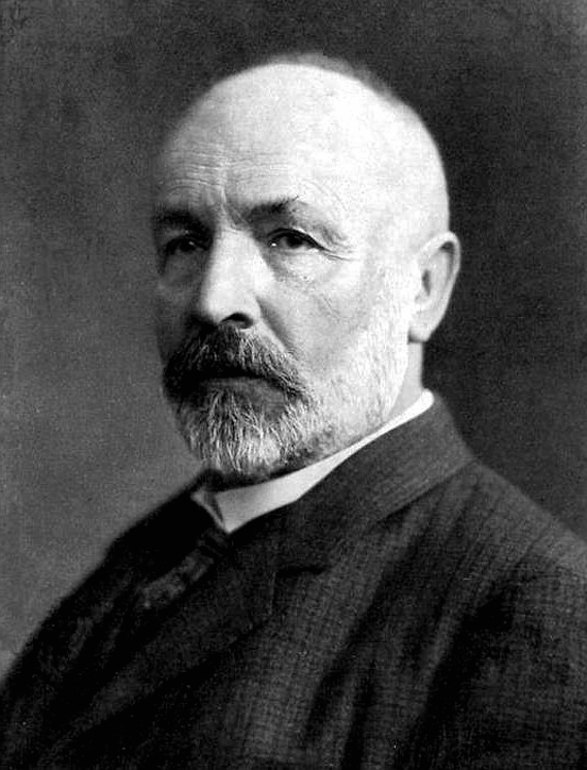Before Cantor, infinity was only used by mathematicians as a potential, the limit of a never-ending process.
For example, the Greeks understood that if one considers polygons -- triangle, square, pentagon, hexagon -- inscribed in a circle, and increases the number of sides of the polygon, then "in the limit" as the number of sides "goes to infinity," the area of the polygon "approaches" that of the circle. Ancient mathematicians, including Archimedes, used such limiting processes to calculate many areas and volumes of geometric shapes.

"In order for there to be a variable quantity in some mathematical study, the domain of its variability must strictly speaking be known beforehand through a definition. However, this domain cannot itself be something variable, since otherwise each fixed support for the study would collapse.
"Thus this domain is a definite, actually infinite set of values. Hence each potential infinite, if it is rigorously applicable mathematically, presupposes an actual infinite."
— Georg Cantor (1886)
Transfinite arithmetic is counterintuitive, and many in the mathematical community objected to Cantor's ideas. For example, in transfinite arithmetic we have the following:
\(\aleph_0 + 1 = \aleph_0\) (Can you find the one-to-one correspondence?),
\(\aleph_0 \times 2 = \aleph_0\) (Think of the even and odd integers combining to make the integers.)
\(\aleph_0 \times n = \aleph_0\) for any integer \(n\), and
\(\aleph_0 \times \aleph_0 = \aleph_0.\)
The last of these results is equivalent to the statement \(|\mathbb{N}\times\mathbb{N}| = |\mathbb{N}|\), discussed in this section.
Stating and proving these results rigorously required incredible creativity, imagination, and innovative thinking.
"The essence of mathematics lies entirely in its freedom." -- Georg Cantor
